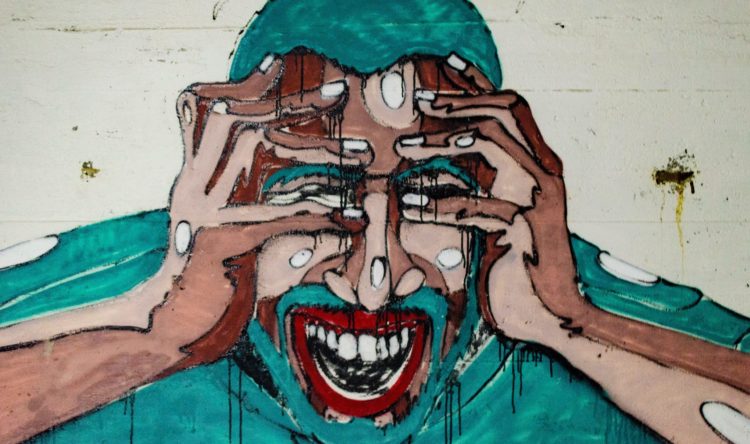Two wheelers see red
Cyclists targeted by police at busy city junction
Cyclists have been targeted by police in London.
The City of London police set up the operation at one of the Square Mile’s busiest road junctions.
Around 1,000 cyclists were stopped.
Red lights
In a press release by the force, it announced that in the ten months since last July, it had given out 944 fixed penalty notices to cyclists for going through red lights.
This operation took place to tackle anti-social behaviour and road violations near Bank Junction.
Riders caught breaking the law were invited to sit inside an HGV lorry outside Mansion House. This allowed cyclists to see how the road looked from the driver’s cab and, hopefully, make cyclists aware of the dangers they often put themselves in. Hopefully, this will go some way to preventing further deaths.
All the cyclists caught going through red lights or having near misses with pedestrians and cars were asked to attend a free awareness roadshow nearby. Refusal to cooperate resulted in a £50 fine.
Responding to danger
The city’s Cycle Response Unit was formed last July, issuing nearly 1,000 fixed penalty notices.
Earlier this month, cyclist Jamal Ampomah – who jumped two red lights on a powerful e-bike and refused to stop for police – was fined £1,000 and given six points on his licence.
Ampomah, 48, challenged a roadside FPN in court but was convicted of various traffic offences.
Lord Mayor of London, Professor Michael Mainelli, attending the roadshow, commented: “The Square Mile is a safe area – a world-leading business district and leisure destination that appeals to workers, residents, and visitors alike. It is a vibrant place for everyone to enjoy.
“Today’s event is a great opportunity to educate cyclists about making their way around safely, for themselves, fellow pedestrians, and road users.”
James Thomson, chair of the City of London Police Authority Board, said: “While the Square Mile may be small, its streets are dynamic, and we need to encourage cyclists to use them safely and to respect pedestrians and other road users.”
All round safety
City of London Police stated that its enforcement of cycling offences did not distract focus from motorists, who cause a higher rate of death and serious injury.
Colleagues in the Road Policing Unit checked 3,852 vehicles, arrested 92 suspects, seized 203 vehicles for having no insurance, and investigated 1,678 traffic crimes over the same period.
The force supports Vision Zero, an initiative to eradicate road deaths and serious injuries from London roads by 2041.
Blame culture
In Cycling Weekly, Adam Becket voiced concerns that the police were not focussing on the real causes of cycle-related incidents. Motorists are a massive problem to the cycling community regarding safety. While ‘not endorsing’ cyclists jumping red lights, motorists often create the problems, blocking cycle boxes and aggressively impeding cyclists.
“Every day I see cars, vans and lorries sail through red lights, but it is cyclists who are blamed and called out,” writes Becket. He believes this is about a failure to deal with “the deeply buried problems of private car culture”.
“Any attempt to curb driving is seen as a threat to freedom, and any attempt to encourage cycling is a threat to driving, and therefore a threat to freedom.”
Cyclists are vulnerable road users, and the most recent changes to the Highway Code highlighted this in its ‘hierarchy of road users’. Meanwhile, attempts to improve the road environment in urban areas often come under fire. For example, introducing new cycle lanes and 20 mph zones to encourage healthier travel options and improve road safety generally.
Road wars
This latest police action is likely to spark more division between the cyclist and the motorist, even though most cyclists are also motorists.






